By Frances Richards, Contributor
Within industrial plants and facilities that rely on pneumatic equipment, pipes convey air from the compressor to various filters, dryers, and air preparation systems. Once at the machine level, tubing and hoses distribute air to valves, cylinders, pressure regulators, and other pneumatic components. Rather than using rigid pipes, most of today’s pneumatic systems rely on flexible tubing and hose. While this may sound simple enough, many material choices are available to make these connections, so it pays to have a basic understanding of the most widely specified tubing and hose materials. What is best for one application is not necessarily the right fit for another.
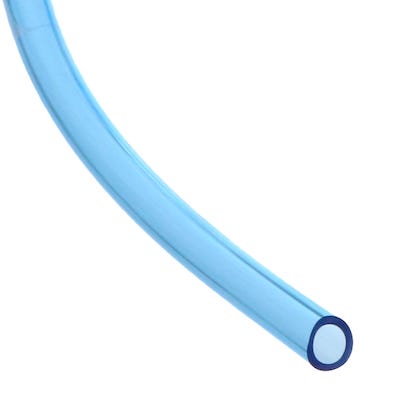
Keep in mind that tubing is specified using the outside diameter (OD), primarily to ensure compatibility with push-to-connect fittings. Pneumatic tubing is often made of extruded nylon, polyurethane, polyvinylchloride (PVC), or special materials such as polytetrafluoroethylene (PTFE). Typical tubing ODs for main air supply circuits range from ¼ to ½ in., while control circuits to cylinders and actuators use smaller ODs such as 1/8 to 3/8 in.
On the other hand, hose is specified by inner diameter (ID) and is commonly delivered with fittings already attached at both ends. Hoses tend to be used for more rugged applications and are often moved around factory and shop floors. For this reason, hose sometimes includes a nylon braid for added durability. Depending on the setting, heavy rubber may be used in place of less sturdy polyurethane or other materials. In any case, hoses are built to provide flexibility, strength, and resistance to kinks. Typical hose sizes include IDs of ¼, 3/8, and ½ in. and tend to cost more than tubing.
Let’s explore some of the most commonly used tubing and hose materials:
Polyurethane – most widely specified tubing for industrial automation, combining the best features of plastic and rubber. Advantages include strength, flexibility, kink resistance, and chemical resistance including to petroleum-based chemicals. Working pressure is 150 psi or more, high enough for most plant settings. Available in a variety of colors.
PVC – low cost and highly flexible. Wide range of chemical and corrosion resistance, along with excellent wear resistance. Not quite as sturdy as polyurethane, but can be used in food and beverage applications. May be sterilized repeatedly. Can be made in custom sizes, shapes, and colors, but is usually clear.
Nylon and polyethylene – less flexible than PVC and polyurethane, but great for straight piping runs throughout plants or around large machines. Polyethylene was once the most popular tubing choice and is still widely used. It can kink if bent too much, is only rated to 125 psi (depending on size), and has a limited temperature range, but works extremely well in low-pressure applications. Advantages are low cost, light weight, and chemical inertness, making it suitable for food and beverage applications. Nylon is pricier, but features a temperature range to 200°F, working pressure to 800 psi (based on diameter), high chemical resistance, and is strong yet lightweight. Holds up to repeated flexing. Nylon-11 is available as food grade. Comes in a range of colors.
Polypropylene – lightest thermoplastic available. Advantages include superior dimensional stability and electrical properties, chemical resistance, and good surface hardness. Often used in food manufacturing. Resists UV radiation in outdoor settings. May be sterilized above 212°F.
PTFE – specialized material for applications with high temperature, pressure, and chemical resistance requirements. Suitable for temperatures to 500°F and features working pressure to more than 370 psi (based on diameter). Flame retardant, chemically inert, good dielectric properties, and can be used around static electricity.
When thinking about the best choice for your application, keep in mind flexibility, cost, and compatibility between the tubing and fittings that will connect it to the rest of the system. Compatibility also means considering the environment, including pressure and temperature requirements as well as media such as lubricating oils and washdown fluids that will interact with tubing or hose. Flexibility is crucial for fitting in tight spaces and being able to move along with machine components as needed. Reduced air flow is often the result of kinked tubing that was not specified correctly. A helpful pneumatics industry acronym is STAMP: Remember to consider Size, Temperature, Application, Media, and Pressure when selecting your next tubing or hose material.

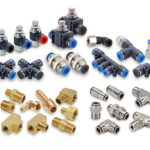
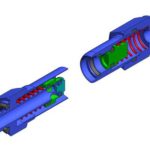
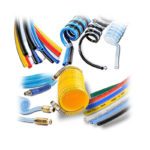
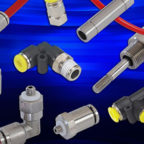
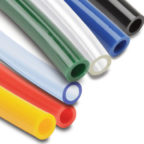
Leave a Reply